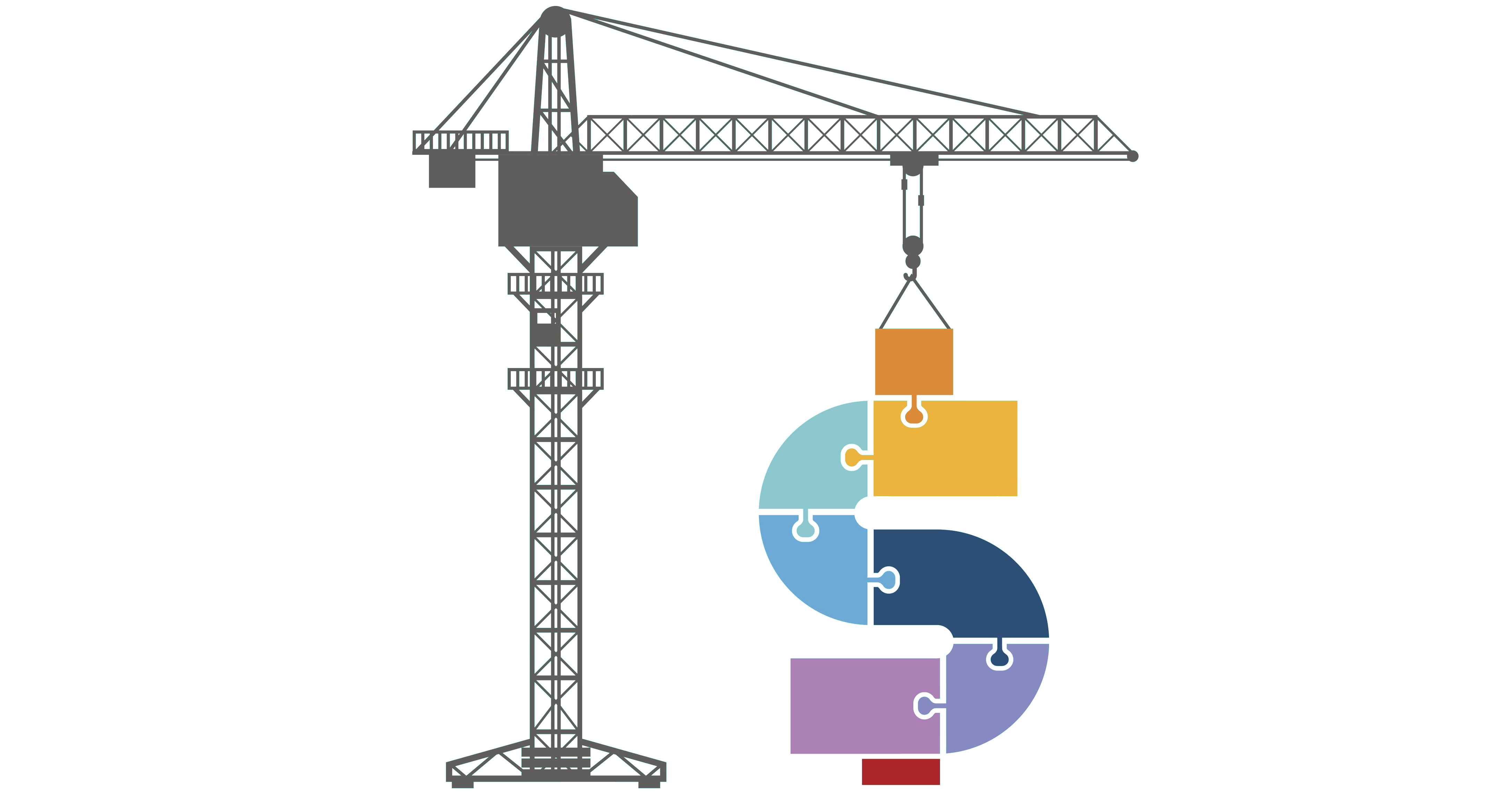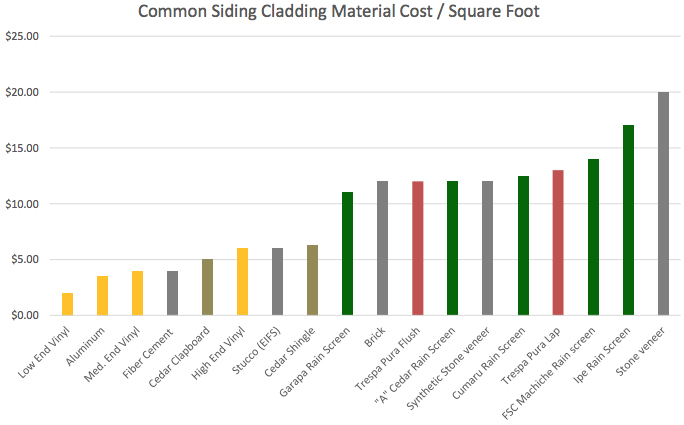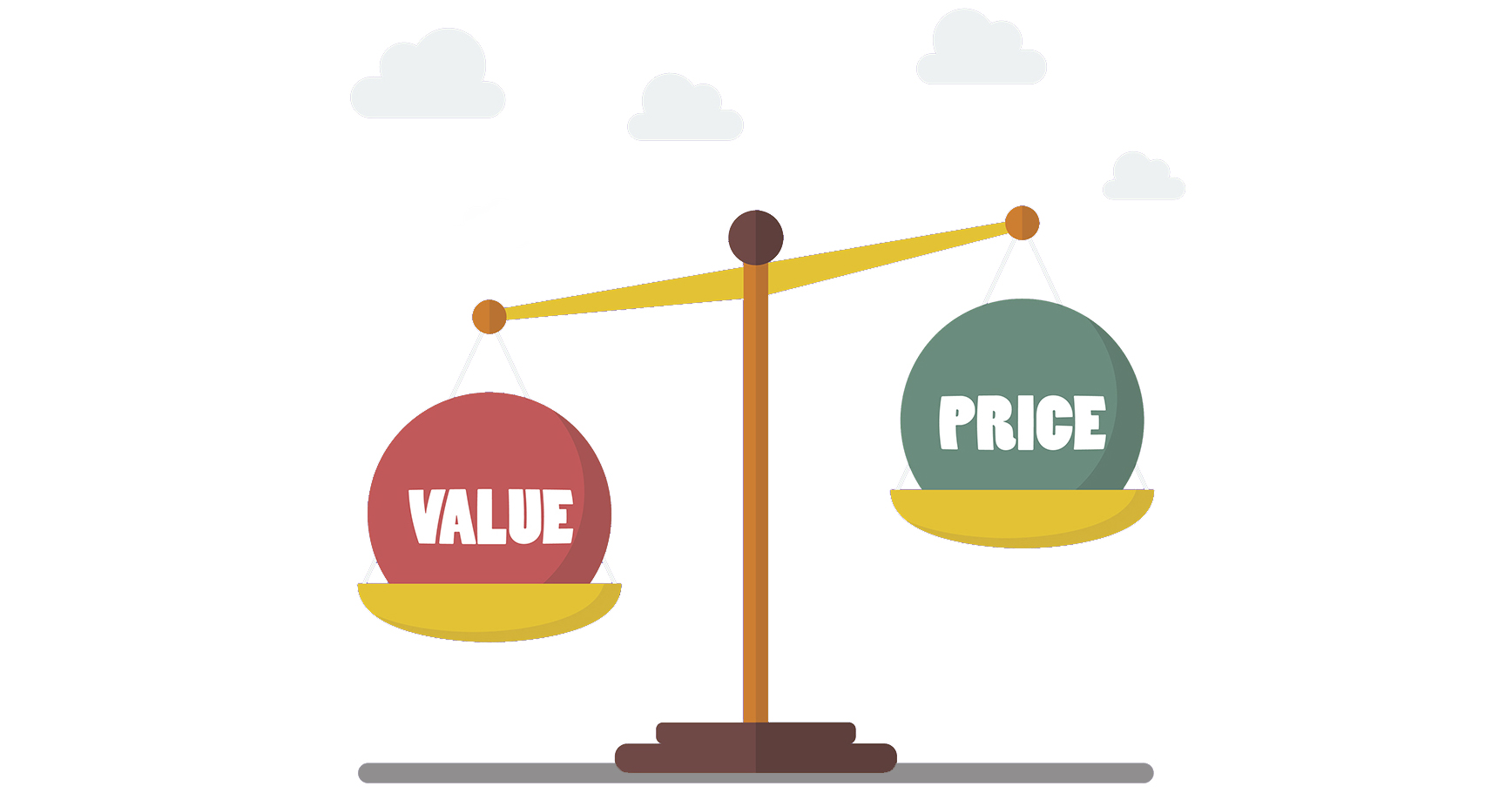Connect with the world's best architects and expand your reach globally — explore the possibilities through Architizer's brand new media kit
One of the primary reasons building-product manufacturers miss out on a sale is due to pricing. With developers constantly looking to drive down costs, makers of high-quality products and materials can find themselves left out in the cold, either from the beginning of a construction project or further down the line via value engineering. Some manufacturers respond by reducing their margins to a bare minimum in order to remain competitive.
Here’s the catch, though: They’re doing it wrong. Selling yourself short is never smart in business.
If your product is of a higher-quality than those of your competitors, the last thing a manufacturer should do is to bring themselves down to the same level. Instead, there are a number of stronger alternatives to this strategy, and all involve — you guessed it — good communication and messaging to architects and their clients.
Remember: You’re Worth It
First and foremost, it is vital that your marketing materials clearly lay out why your product is an essential product rather than some kind of optional luxury. Specific qualities of your product mean that you can offer a better return on investment than similar, cheaper products made by your competitors. Is your product or material greener, healthier or more resilient than alternative choices? Make your products’ unique selling point the central feature of your website, social media posts and brochures. Craft your story around that standout benefit.

Via iStock; cedit: ponsuwan
Even aesthetics can be viewed through the lens of ROI. If an architect’s client is a retailer and the project is a storefront, using a more attractive cladding material will improve that retailer’s brand and reputation, ultimately helping to increase footfall (and therefore income) for the store. It may be difficult to convince thrifty developers of this fact, but architects are likely to understand the added value of aesthetics in this context, and will factor this into their specifying decisions.
In the end, there is a good reason your product is one price and your competitors’ is another. Unless there are inefficiencies in your fabrication or sourcing processes pushing your prices up, that reason is likely to relate to the added benefits of your product. It’s up to you to better communicate the benefits of using your product to prospective customers.
Put Cost in Context
If you are still facing pushback on pricing from architects and their clients, the next step is to change the context of your conversation with them. Let’s take cladding manufacturer TRESPA as an example. TRESPA can be viewed as a more expensive option when compared with low-cost vinyl siding, as the chart below illustrates:

Chart via Mataverde Decking
Sure, TRESPA’s laminate panels appear to be a pricier option than standard vinyl options. However, consider the resilience and visual flexibility of TRESPA, you realize that this comparison is somewhat misplaced. TRESPA panels can be made to accurately mimic the aesthetic of stone, wood or metal cladding, and their composition means that they can be cut any shape.
Couple this with their excellent strength to weight ratio, and it becomes clear that TRESPA can be compared favorably with more expensive products such as stone veneer. By changing the context and comparing the product directly with higher-end products, laminate siding starts to look like a distinctly good value option.
Believe in Better
Often, large-scale developers do not reject a product because it breaks their budget — they just need convincing of its value compared with the alternatives. Armed with the right information, architects in charge of projects for these developers can build a strong case for certain products to be included in the specification documents. It’s up to you to give it to them.

Via iStock; credit: siraanamwong
Mark Mitchell, marketing consultant for building materials companies, goes a step further, arguing that many manufacturers should actually increase their prices. He says that many brands undervalue their products and their services, giving customers the perception that they are the same as their inferior competitors. Instead, Mitchell argues, companies should stand firm on pricing that matches the quality they can provide: “The attitude to have is, ‘Yes, we cost more. Would you like to know why?’”
Great customer service and superior product quality will shine through in the long term. A famous Belgian beer company once called its product “reassuringly expensive”. While this slogan was coined with tongue firmly in cheek, it is often true of building-products. Everyone in the construction industry — from architects to developers to building-product manufacturers — should resist thinking in terms of cost and focus more on value.
In the end, a good product will provide that value to the people that matter most of all: The end-user.
Connect with the world's best architects and expand your reach globally — explore the possibilities through Architizer's brand new media kit



